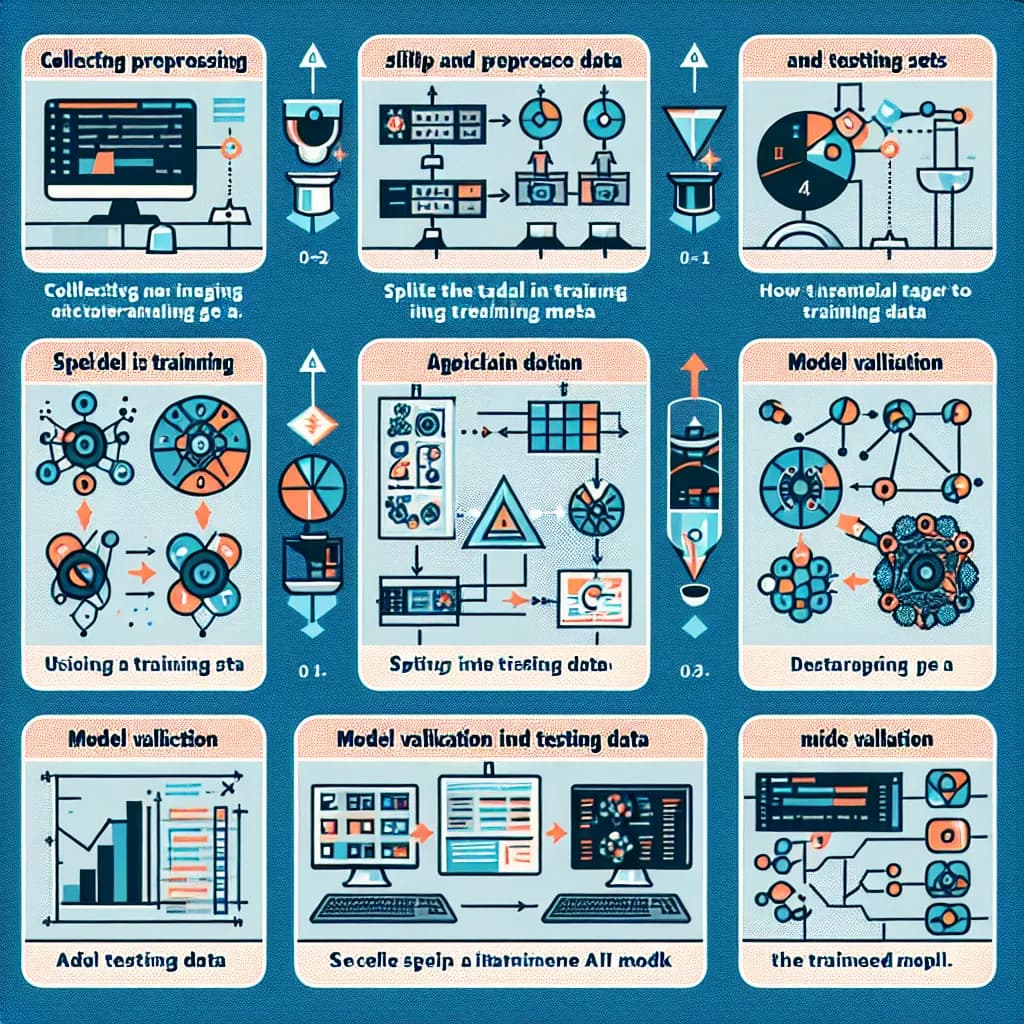Date:
28/10/2023
Listen to this article:
Differences between Next.js 13 and Next.js 14
Key Point 1: Next.js 14 introduces performance improvements, particularly through the Turbopack bundler, and stabilizes Server Actions which were experimental in Next.js 13.
Key Point 2: A significant feature previewed in Next.js 14 is Partial Prerendering which aims to combine static and streaming content for better performance.
Next.js, the popular React framework, has seen a new release in the form of version 14. This new release brings about a variety of changes and improvements over its predecessor, Next.js 13.
Performance Improvements
One of the major thrusts of Next.js 14 is on improving performance. This is achieved through the introduction of the Turbopack bundler which replaces the widely used Webpack. Turbopack significantly enhances the performance with up to 53.3% faster local server startup during development, and up to 94.7% faster code updates using a feature called Fast Refresh.
Server Actions
Server Actions, which were experimental in Next.js 13, have now been stabilized in Next.js 14. Server Actions are a part of React Server Components that render HTML with dynamic content on the server, reducing the reliance on client-side JavaScript.
Partial Prerendering
Next.js 14 previews a feature called Partial Prerendering. This feature is aimed at improving the rendering performance by serving static HTML content immediately and using streaming to add dynamic content within React Suspense elements in the same HTTP request.
Conclusion
The transition from Next.js 13 to 14 brings about incremental improvements focusing on performance, stability, and better developer experience. While no new APIs have been introduced, the changes lay down a strong foundation for future enhancements and bring Next.js a step closer to its goal of enabling dynamic content at the speed of static.
About the author
Evalest's tech news is crafted by cutting-edge Artificial Intelligence (AI), meticulously fine-tuned and overseen by our elite tech team. Our summarized news articles stand out for their objectivity and simplicity, making complex tech developments accessible to everyone. With a commitment to accuracy and innovation, our AI captures the pulse of the tech world, delivering insights and updates daily. The expertise and dedication of the Evalest team ensure that the content is genuine, relevant, and forward-thinking.
Related news

The Best GPTs to Try Right Now
A comprehensive overview of the most intriguing GPT applications available in OpenAI's GPT Store, highlighting their diverse functionalities and impact.

Continuous Integration (CI) vs. Continuous Delivery (CD)
Exploring the distinctions, benefits, and best practices of Continuous Integration (CI) and Continuous Delivery (CD) in modern software development.

How to Train Generative AI Models from Scratch
A detailed guide on how to train generative AI models from scratch, encompassing all essential steps and best practices.